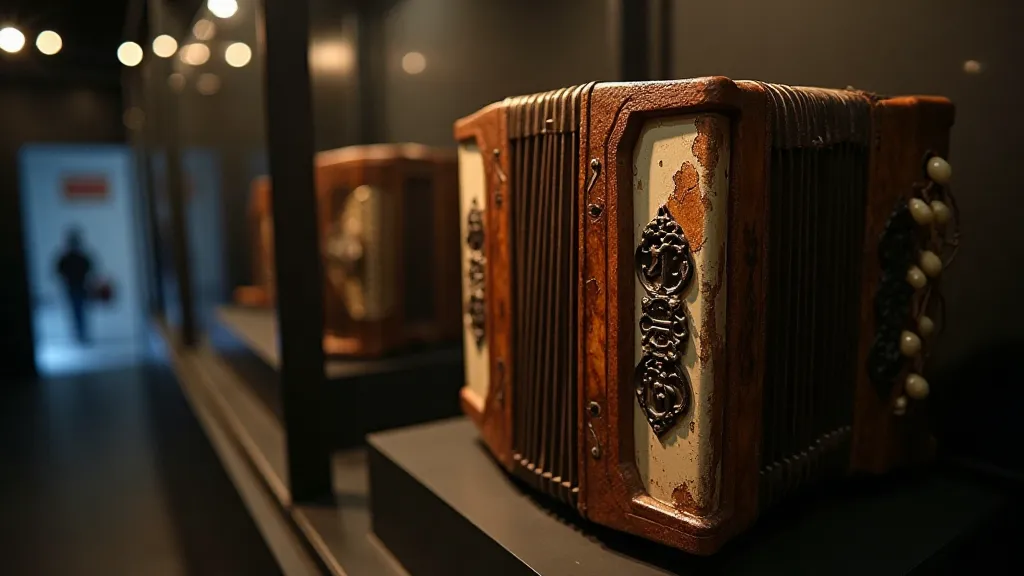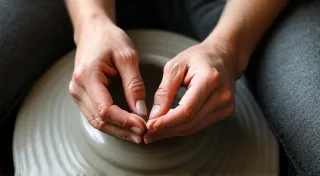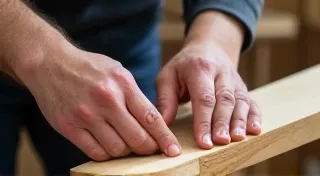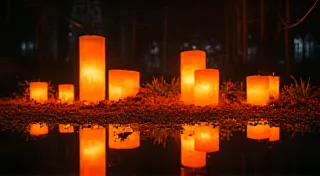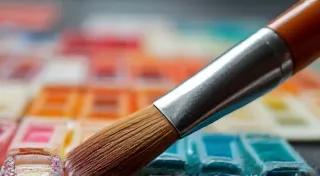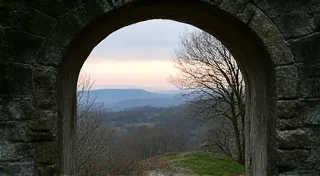The Imperfect Melody: Embracing Flaws in Regional Instrument Character
We often strive for perfection. In music, that can manifest as a relentless pursuit of flawless pitch, pristine tone, and technical brilliance. But what happens when we turn our attention, and our ears, to the musical instruments born of specific places, shaped by the hands of generations steeped in unique cultural traditions? What happens when we listen not for perfection, but for character? The answer, I’m finding, is a revelation: the beauty often lies in the flaws.
My fascination began years ago, rummaging through an estate sale in rural Pennsylvania. Sunlight filtered through dusty windows, illuminating a forgotten corner filled with relics of a bygone era. Amongst chipped china and faded photographs, I saw it: a Hohner Victoria accordion, its bellows worn, its keys yellowed, its finish cracked. It wasn’t pristine. It was, frankly, a mess. Most would have dismissed it, perhaps even considered it junk. But something in its weary posture, its quiet defiance of polished perfection, drew me in.
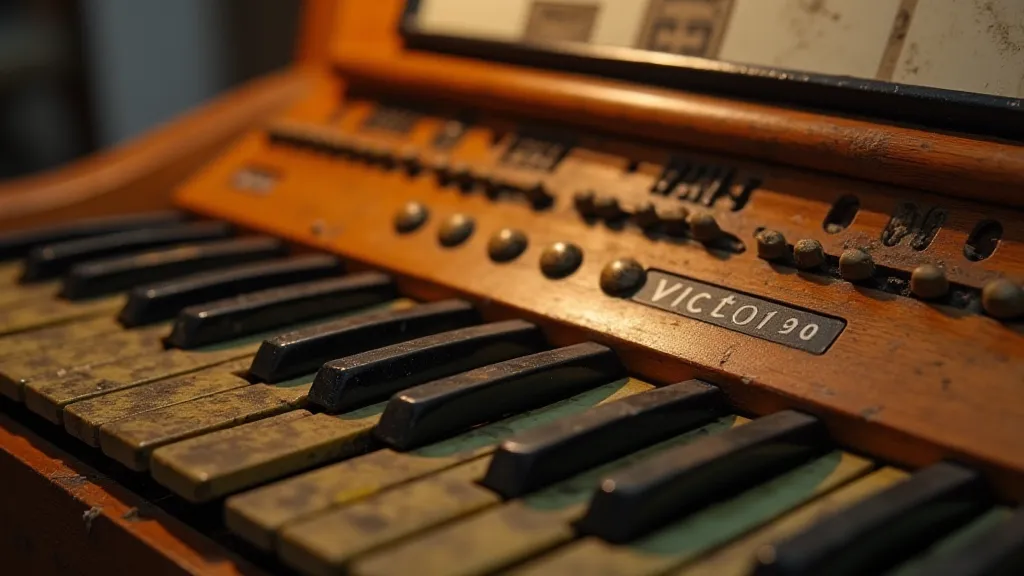
The Accordion’s Journey: More Than Just Music
The accordion, like so many regional instruments, tells a story far beyond the notes it produces. Its journey to America was intrinsically linked to waves of European immigrants – Poles, Italians, Germans – each bringing their own traditions and musical heritage. The instrument’s adaptability allowed it to blend into the existing musical landscape while retaining a distinctive flavour. In Pennsylvania, for example, the accordion became deeply intertwined with polka music, adding a vibrant energy to community gatherings and celebrations. This isn’t just about music; it’s about cultural identity, shared experience, and a sense of belonging. The relationship between instruments and the landscapes they arise from is profound, a reality that connects them in ways we are only beginning to understand. For those interested in exploring this intersection further, consider reading Echoes of the Earth: How Landscapes Shape Regional Instrument Design.
But the passage of time takes its toll. Years of use, exposure to varying climates, and often, a certain neglect, leave their mark. The bellows, once taut and responsive, might now leak air with a subtle hiss. The reeds, the very heart of the instrument, can become flattened or damaged, producing a slightly flat or uneven tone. These aren’t defects to be eradicated; they are scars, echoes of the hands that have coaxed music from them, the dances they’ve accompanied, and the stories they’ve witnessed.
The Beauty of the "Rattle": A Sonic Signature
I remember one particular restoration project – a small, button accordion from Bosnia. The owner, a first-generation immigrant, wanted it brought back to working order so he could play the music of his childhood for his grandchildren. During the restoration, I discovered a peculiar rattle within the instrument. It wasn’t a deliberate design feature; it seemed to be caused by a tiny piece of wood that had become dislodged and was vibrating against the reed block. Initially, I considered removing it. A pristine, silent instrument was the standard I was striving for. But then I played a few notes, and something shifted.
That rattle, that tiny imperfection, added a unique warmth and character to the sound. It wasn’t a flaw; it was a signature. It imbued the music with a sense of authenticity, a palpable connection to the instrument’s history. It was a sonic fingerprint. Removing it would have stripped away a vital piece of its personality, rendering it just another anonymous accordion.
This is a common phenomenon with regional instruments. The “rattle” isn’t always a physical object. It can be a slight warble in the tone of a hammered dulcimer from Appalachia, the slightly off-kilter rhythm of a Greek bouzouki, or the unique breathiness of a Cajun harmonica. These aren’t flaws; they’re the hallmarks of craftsmanship passed down through generations, each artisan adding their own subtle touches, their own personal imprint on the instrument. The instruments themselves often carry a sense of melancholy, a weight of history and displacement, embodying the journeys and transformations of the communities that cherish them. Those interested in understanding the emotional resonance of these instruments might appreciate The Melancholy of Displacement: Instruments as Transient Vessels of Lost Landscapes.
Craftsmanship and the Art of Imperfection
The artisans who crafted these instruments weren’t operating under the sterile conditions of a modern factory. They worked with readily available materials, often imperfect materials, adapting their techniques to overcome limitations. They didn’t have the luxury of precision engineering. Their instruments were built to be used, to be played, to be shared within a community.
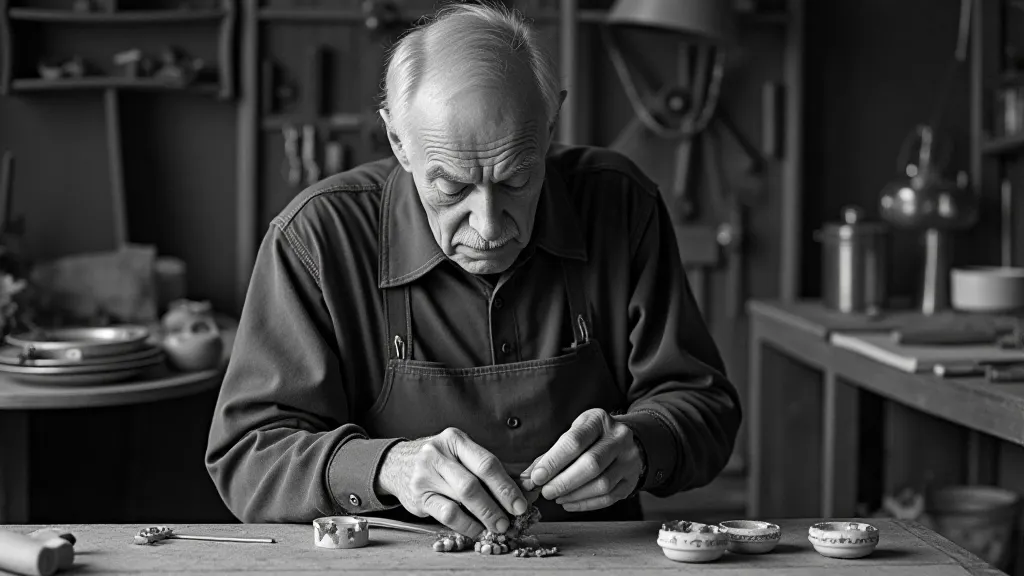
Consider the construction of a traditional Irish tin whistle. Each whistle is hand-carved from a single piece of metal, and the process is inherently imprecise. Tiny variations in the thickness of the metal, subtle imperfections in the drilling, all contribute to a unique tonal character. A whistle built by one craftsman will sound subtly different than one built by another. This isn’t a sign of poor quality; it’s a testament to the human element in the creation of the instrument. The creativity involved extends beyond the individual instruments, encompassing the wider ensembles and approaches that exist beyond the familiar orchestra. To learn more about the unconventional orchestras of regional instruments, see Beyond the Orchestra: The Unconventional Ensembles of Regional Instruments.
Collecting, Restoring, and Listening with New Ears
For collectors and restorers, embracing these imperfections is crucial. The goal isn't to return the instrument to a hypothetical state of “original perfection,” but to stabilize it, to preserve its character, and to ensure it can continue to produce music. Sometimes, that means leaving certain imperfections intact, accepting them as integral parts of the instrument’s story.
And for listeners, the invitation is simple: listen with new ears. Forget the pursuit of flawless pitch. Focus instead on the warmth, the resonance, the unique character that shines through. Appreciate the echoes of the hands that built it, the communities that have cherished it, and the stories it has to tell.
The world is full of beautiful, imperfect things. Regional instruments are a powerful reminder of that truth. They are a celebration of difference, a testament to the enduring power of human creativity, and a profound connection to our cultural heritage. They invite us to listen not just for the notes, but for the heart and soul of a place.
